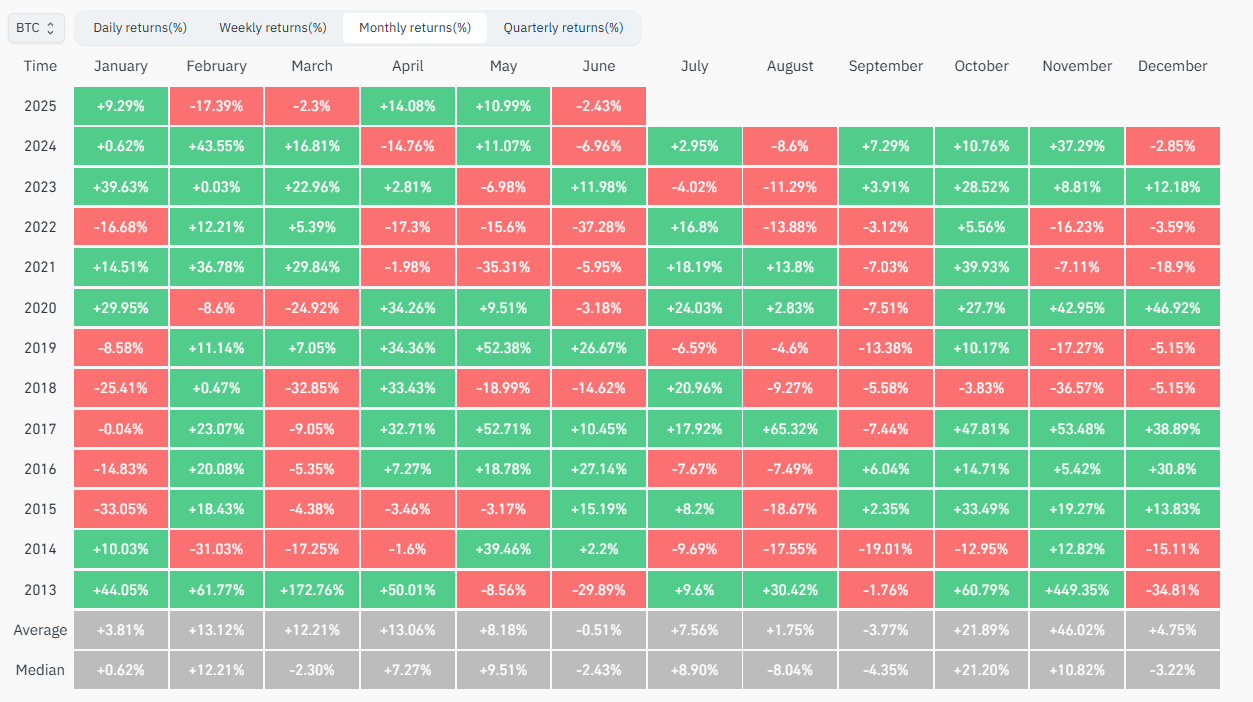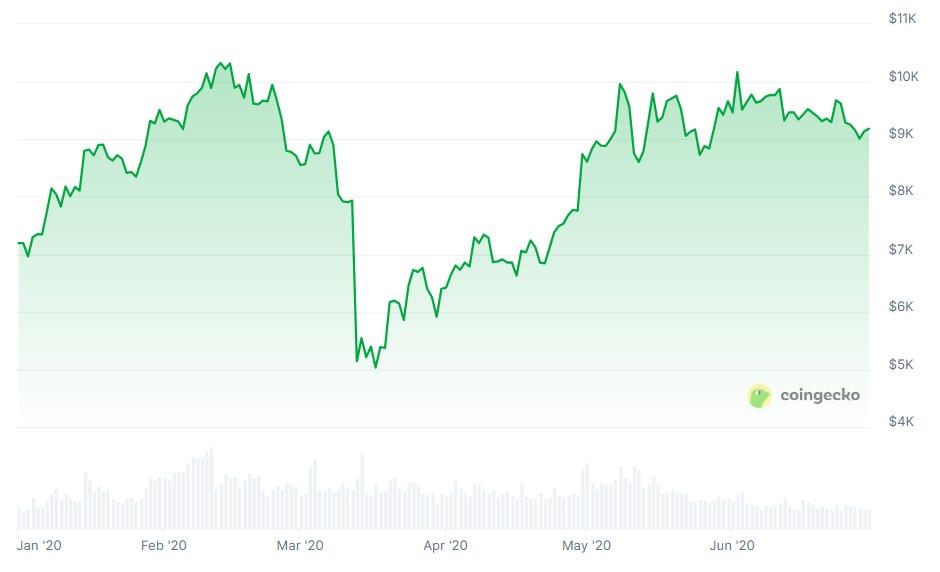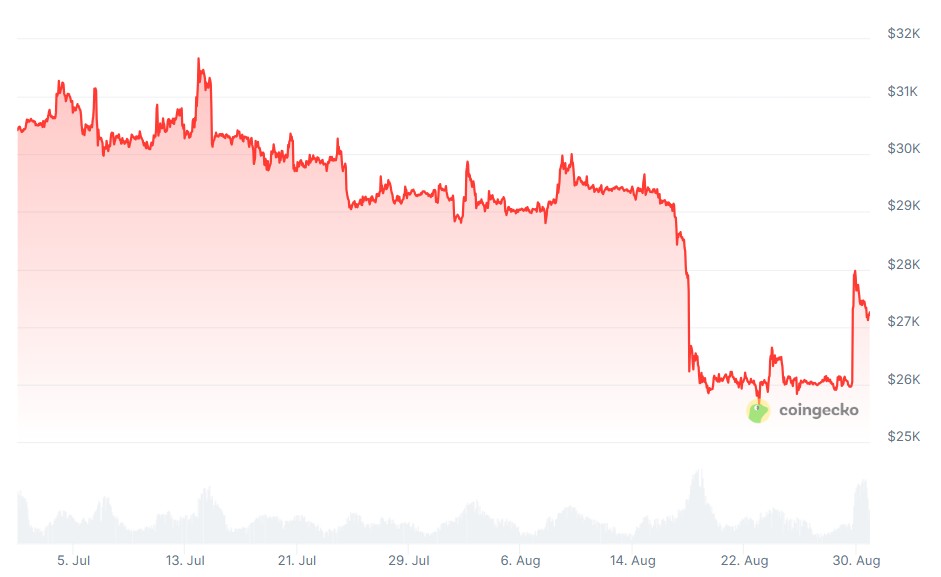
Bitcoin‘s June Challenge: A Recurring Pattern?
As the calendar flips to June, Bitcoin enthusiasts and analysts alike brace themselves for what has historically been a turbulent month. Data suggests a pattern: since 2020, Bitcoin has struggled, posting only one positive June performance. This contrasts with the S&P 500, which has generally enjoyed a more favorable environment during the same period. This divergence highlights the unique forces that shape Bitcoin‘s trajectory, separating it from the broader stock market trends, at least in the short term.

S&P 500‘s Summer Optimism: A Bullish Trend?
In contrast to Bitcoin‘s June struggles, the S&P 500 has often found its footing during the summer months. Since 2020, the index has experienced a series of positive July and August performances, fueled by factors such as corporate earnings, interest rate expectations, and broader macroeconomic trends. This positive trend provides a stark contrast to Bitcoin‘s challenges, underscoring the different dynamics at play in each market. It also highlights the increasing disconnect between the two asset classes, even as Bitcoin integrates into the broader financial system.

Bitcoin‘s Internal Drivers: Beyond Seasonal Patterns
While seasonal patterns play a role, Bitcoin‘s summer slumps are often linked to crypto-specific events. The impact of the mining ban in China, halving cycles, and post-COVID inflation have created significant volatility. For instance, the halving event in May 2020 triggered a sell-off, which highlighted a ‘sell the news’ event. This event subsequently led to a price drop for Bitcoin.
Past Summers: A Recap of Bitcoin’s Woes
- 2020: Bitcoin dropped in June but rallied in July due to global stimulus and DeFi Summer.
- 2021: Regulatory uncertainty in China sent Bitcoin tumbling.
- 2022: Terra collapse and the rising interest rates led to the worst summer for Bitcoin.
- 2023: Positive ETF application news pushed Bitcoin up, only to see prices drop in August.
- 2024: Weak ETF inflows and macro concerns, and miner selling drove Bitcoin‘s price down in June, even as the S&P 500 rose.

The Future: What Lies Ahead?
July often sees a rebound for Bitcoin, potentially recovering from June‘s downturns. Equities also see pivotal performance in July with the release of the second-quarter earnings. August brings the Jackson Hole speech, which can influence market expectations regarding interest rate policy. With geopolitical tensions in the Middle East and the volatile oil prices, these events could impact Bitcoin’s prices. While Bitcoin has become more integrated into global markets, it’s still vulnerable to crypto-native shocks. This means strategies like ‘sell in May’ may not always translate across the board. Crypto‘s worst downturns often stem from internal issues.
Bitcoin‘s journey highlights the importance of understanding both broad economic trends and the crypto-specific factors that drive its price. Navigating these complexities is essential for investors.




